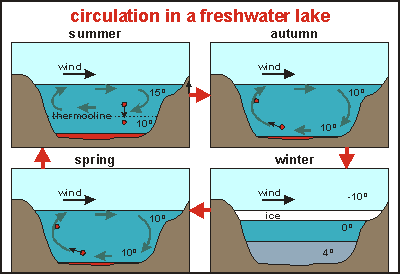

For example a cooling system with a circulating flow rate of 200m3/hr using a drift eliminator with a published drift rate of 0.0005% the corresponding levels of water leaving the tower in the form of drift droplets would be:ĭrift Loss (m3/hr) = 200m3/hr x 0.0005/100 = 0.001m3/hr A Note on Drift Eliminator Efficiencyĭrift Eliminator efficiency is measured by the drift rate and typically shown as a percentage of the circulating water flow rate. Legionaires disease can be contracted by inhaling legionella bacteria contained in the aerosol discharge from the cooling tower.īy returning water droplets to the cooling tower, the drift eliminators aid in the conservation of water in the cooling system and the efficiency of a drift eliminator has a significant part to play in the water savings possible therefore it’s important to understand what the quoted efficiency refers to and the relative impact this has on water savings. In the most serious case, if the water treatment regime has failed, then the drift eliminator provides the last line of defence in preventing the dispersion of harmful legionella bacteria often found in water cooling systems. Their foremost purpose is to protect people and the local environment from escaping aerosols and water droplets from a cooling tower or evaporative condenser but this is not the only benefit of drift eliminators. They are located on the discharge side of a cooling tower, either above the cooling tower heat transfer surface and distribution layer on a counterflow cooling tower or horizontally, in front of the heat transfer surface on a crossflow tower.Īlthough the purpose of a drift eliminator is to reduce the escape of water droplets entrained in the air discharge, it is necessary to understand why this is important. Today they are predominantly manufactured using either PVC or polypropylene (PP) material although some towers may still have metal type versions. What is a Drift Eliminator?Ī drift eliminator can be defined as equipment containing a complex system of baffles designed to minimise drift discharging from a cooling tower or evaporative condenser. This article discusses what drift eliminators are, why we need them, the various types, maintenance requirements and considerations when replacing. UK legislation ( HSG274 Part 1) states that… “Drift eliminators should be installed in all towers that have fans” therefore apart from low velocity, natural draught towers, drift eliminators are required across all cooling towers and evaporative condensers. The key purpose of drift eliminators in evaporative cooling systems is to reduce (not eliminate as the name suggests) the escape of water droplets entrained in the discharge air stream of a cooling tower or evaporative condenser. Maintaining the highest levels of quality and maintenance in delivering the last line of defence in your cooling system


 0 kommentar(er)
0 kommentar(er)
